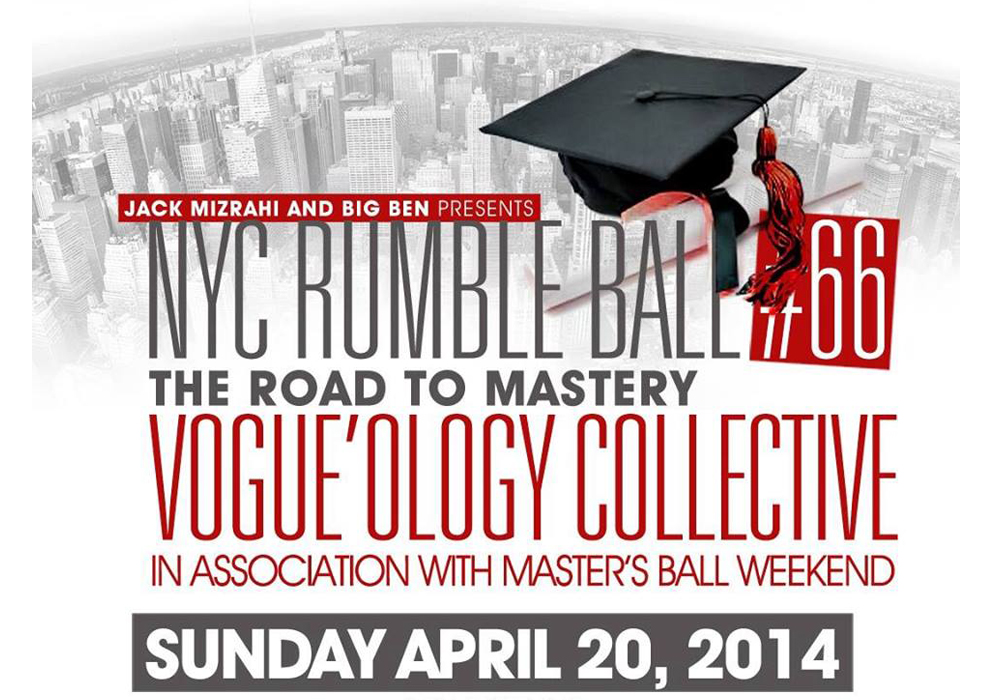
The Road to Mastery Rumble Ball
Various Artists
This mini, late-night ball will include categories inspired by the events earlier in the weekend.
Arika have been creating events since 2001. The Archive is space to share the documentation of our work, over 600 events from the past 20 years. Browse the archive by event, artists and collections, explore using theme pairs, or use the index for a comprehensive overview.

This mini, late-night ball will include categories inspired by the events earlier in the weekend.
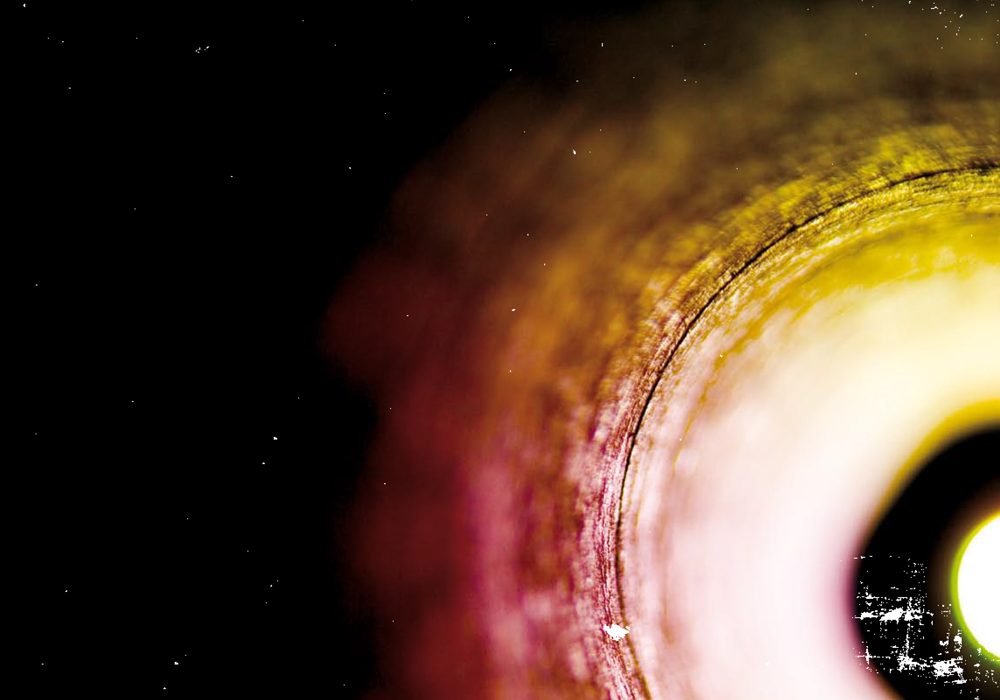
In 2008 we toured our Kill Your Timid Notion festival of experimental sound and image to London, Bristol and Glasgow, bringing audiences a taste of the previous 5 festival editions.
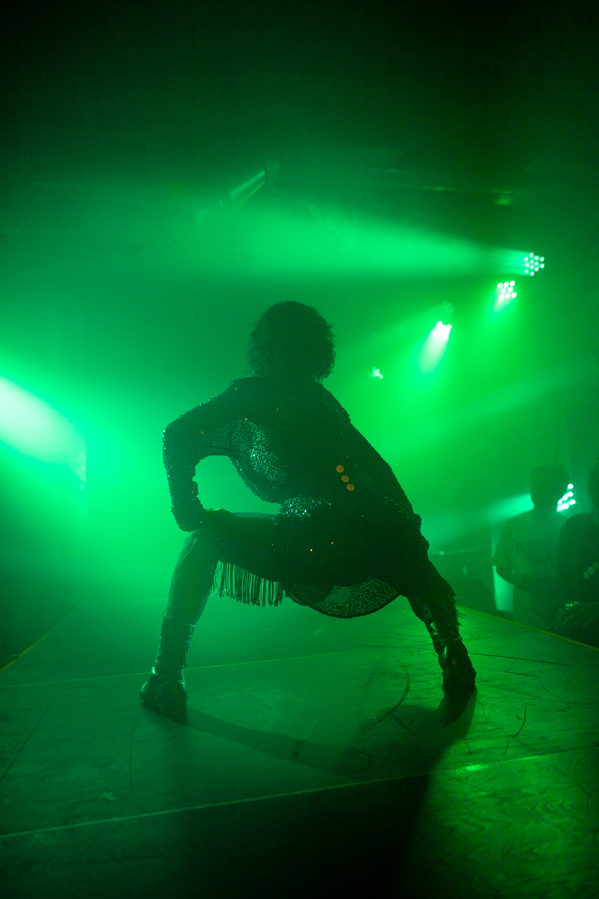
Is it possible to dance our way out of the hardened stances and identity prisons we are locked in?
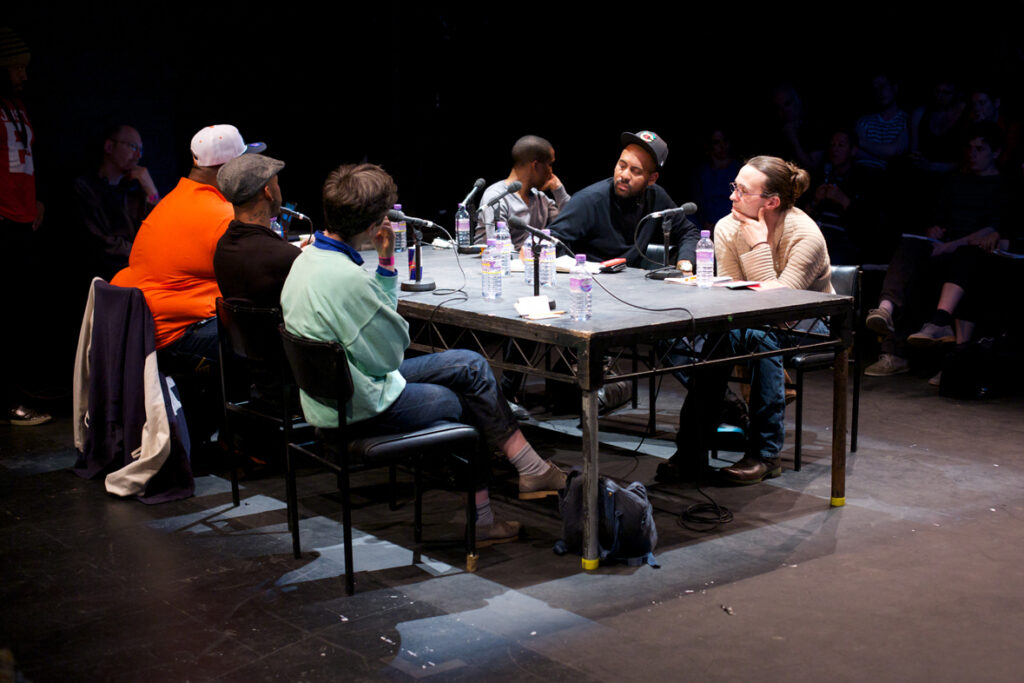
A historical narrative of the black and latino/a transgender, bisexual, lesbian, and gay House and Ballroom Scene in relation to its artistic practices.
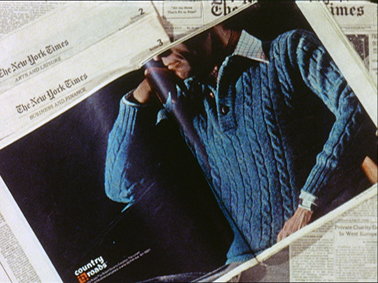
Argument is a provocative, multi-layered film essay, a trenchant analysis of the media and remains a critically relevant and critically inflammatory tract.
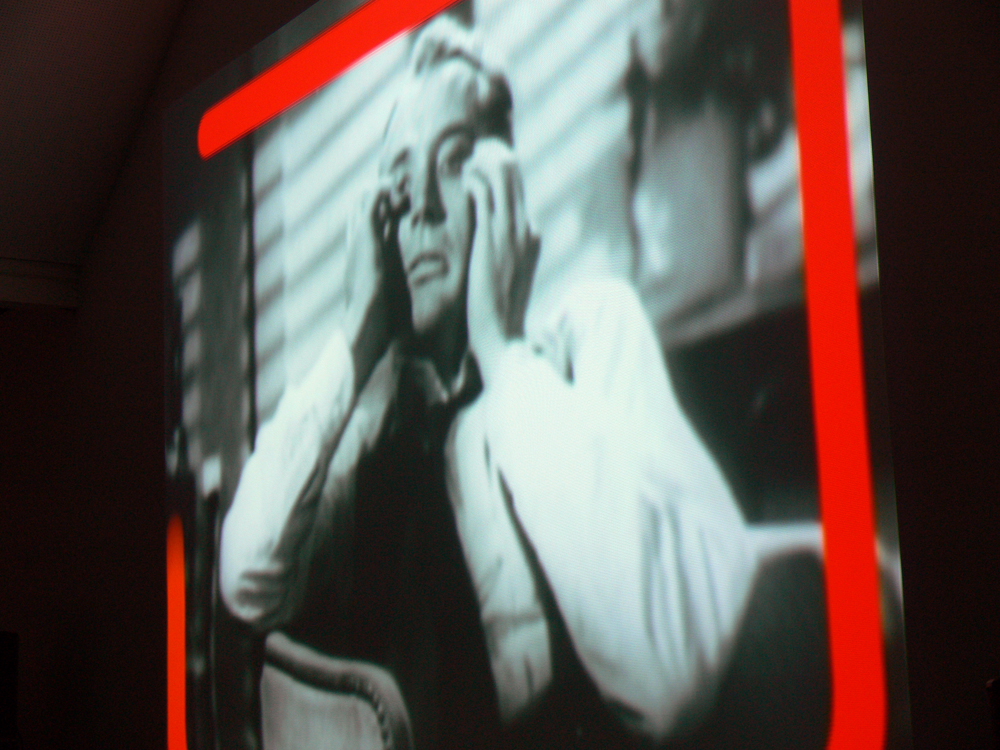
A silent collage of found film footage partially layered with computer graphics to provide a framework in which live music can develop.
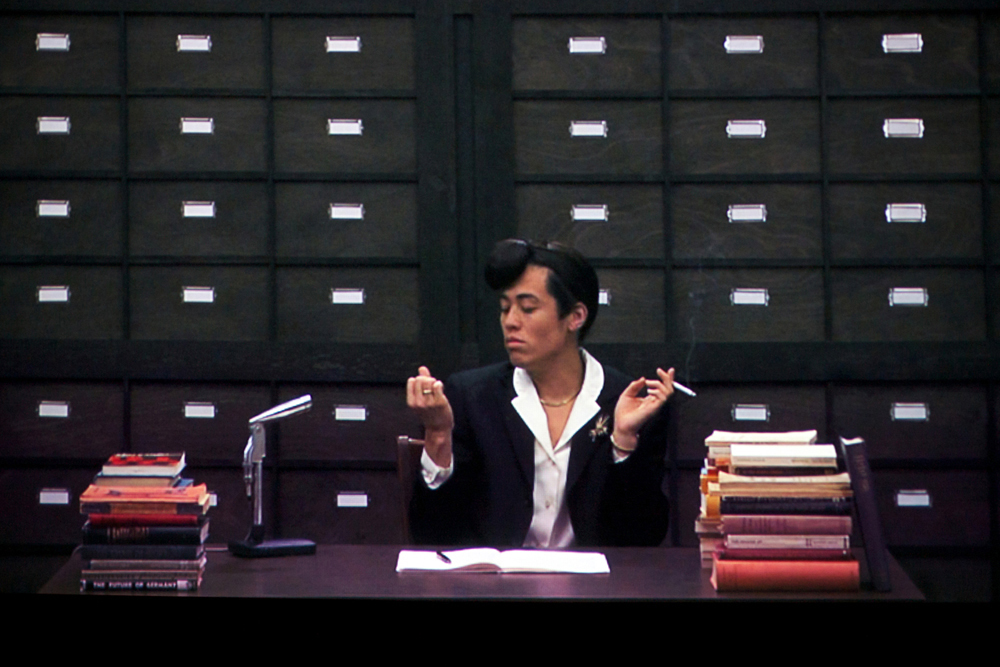
A performed installation by one of Germany’s most interesting visual artists, based on edited transcripts of the 1961 trial of Adolf Eichmann in Jerusalem and the writings of Hannah Arendt
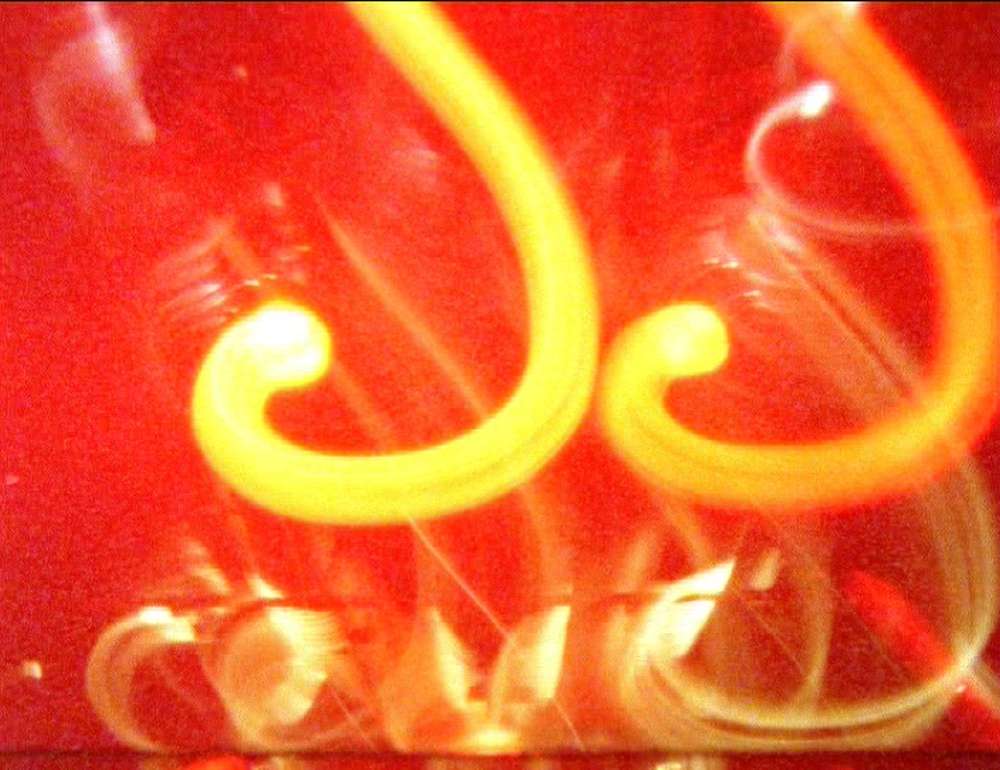
Freeform Super 8mm documentation of Friday at Instal 06 by filmmaker Matt Hulse.

A spectacular musical show which discusses the representation of a nation state, its characters and history. A learning play on myth construction and its reproduction.
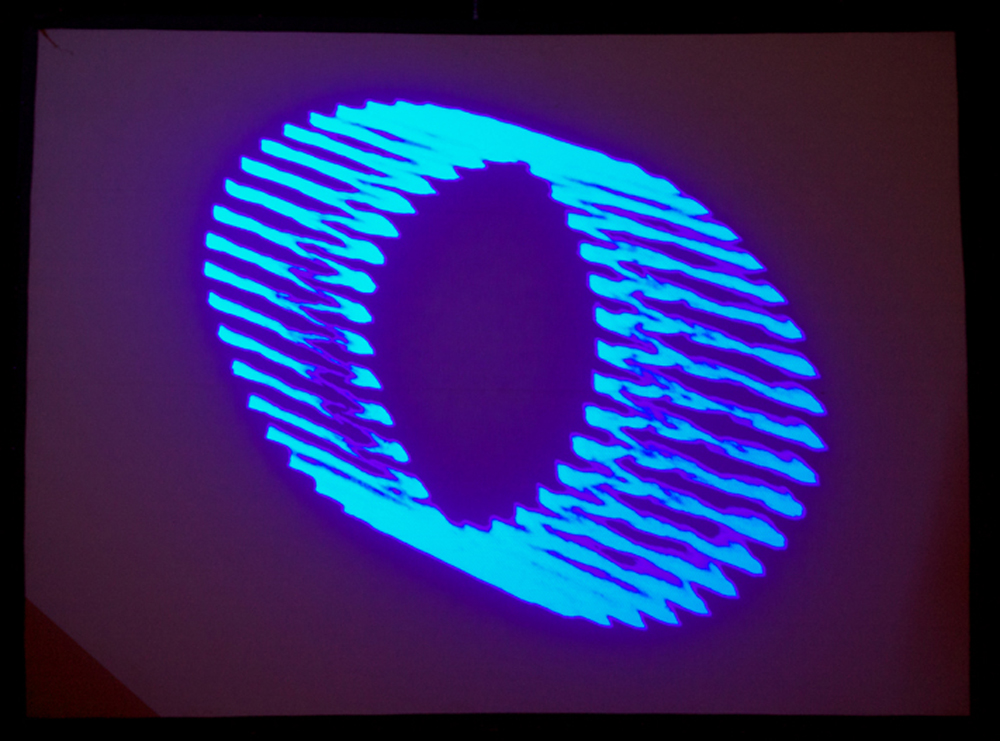
Complexly interacting colossal drones by the creator of some of the most legendary yet least heard music of the 70’s.
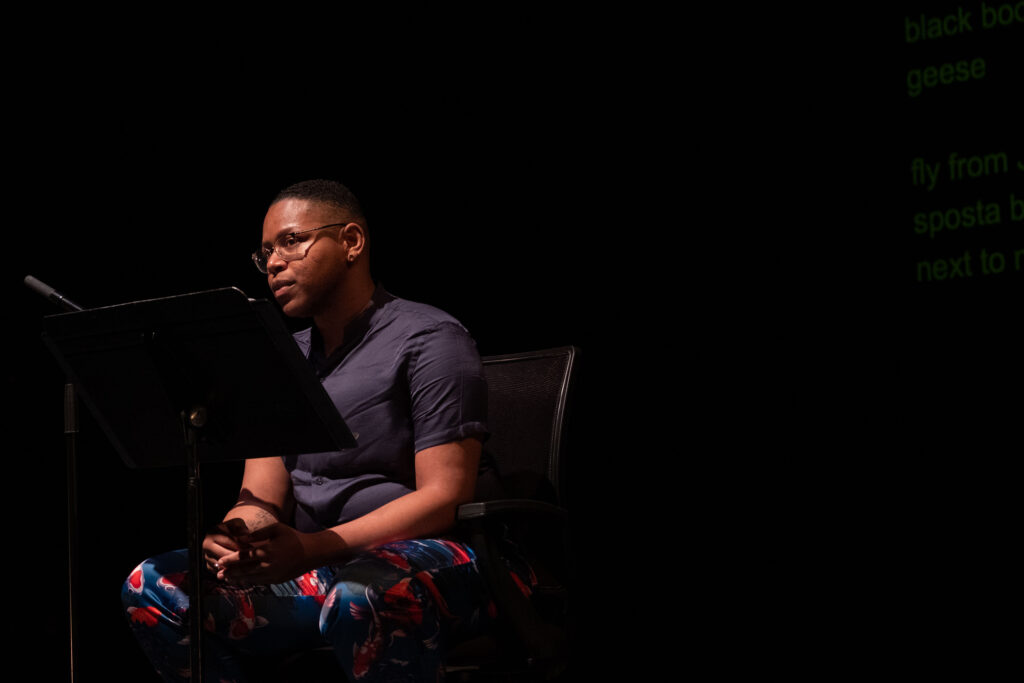
Poetry of raw fearless truth and the realest crip insight fully embedded in absolute lyrical lounge.
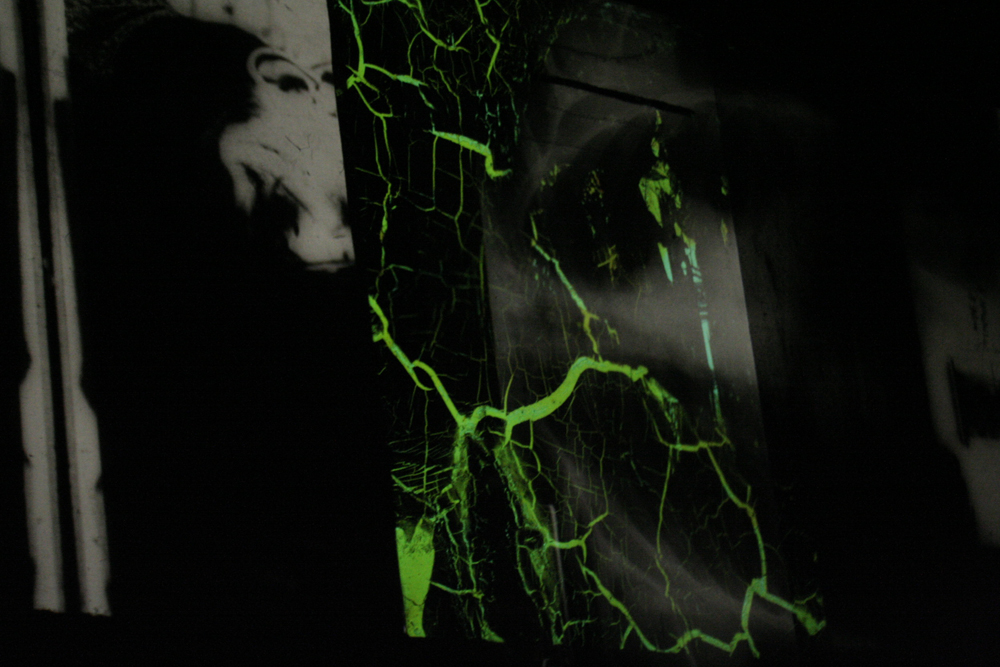
A beautifully crisp, slowly evolving duo for cello and projected images. Abstract but still figurative; change only noticeable after the fact.